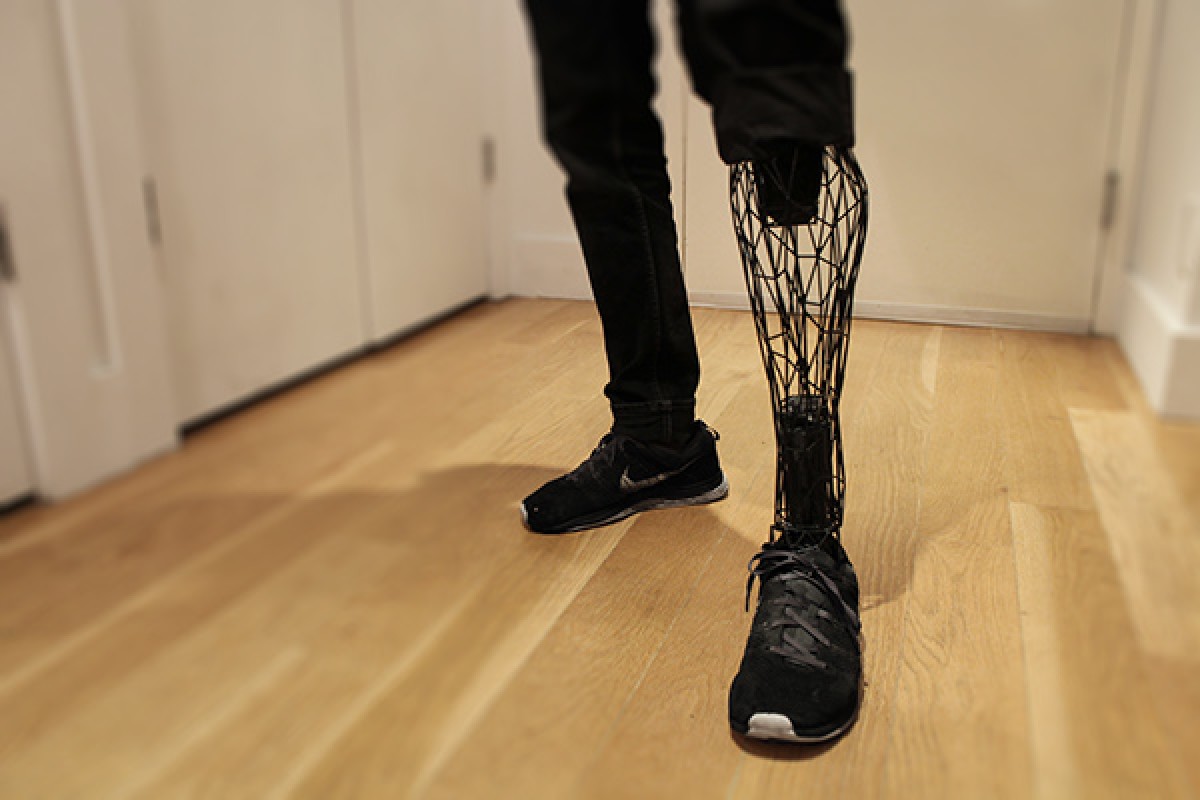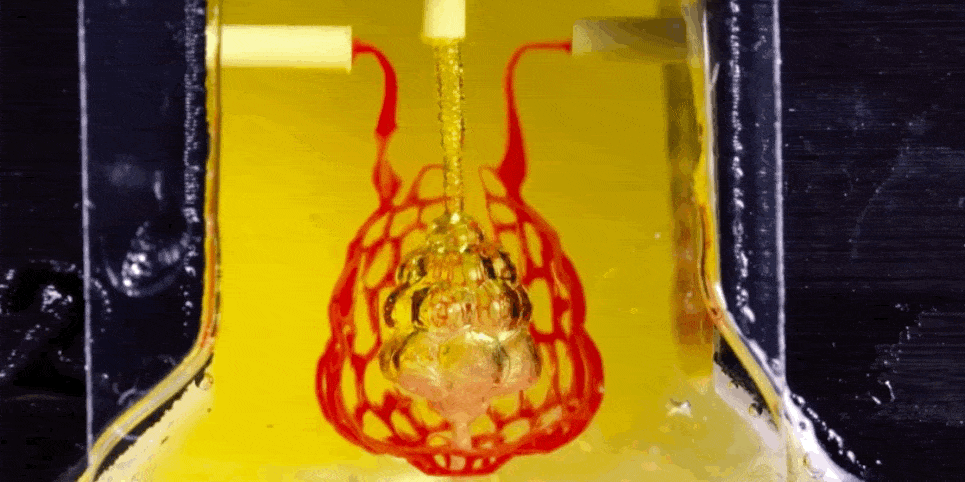What is this technology and where is it used?
The 3D printing of bionic body parts is a technology that is has existed for the past couple years, but is still being worked on for more extensive uses. It is mostly used for creating affordable prosthetics, and further research has been going on to use the technology in creating bionic organs. Although actual implantation is still being worked on for some of these, organs like pancreas, cornea, and even a small lung have been succesfully printed using biomaterials and engineering tissue. As for prosthetics, many have already been printed and are being used by many amputees, like the one seen here! Iron Man prosthetic arm for kid :)

What are the benefits?
One of the main benefits of 3D printing body parts that apply to both prosthetics and organs is lower cost for the production. While the price range for normal prosthetics start at around $2000 for simple parts like fingers and can go up to $50000 for complex parts like legs, 3D printed prosthetics are much cheaper, with an arm only costing around $5000 currently under clinical trials. When you take the fact that prosthetics need to be replaced every few years, you can see just how much money can be saved through this technology. 3D printing also makes it easier for prosthetics to be customized with different designs and allows the amputee to take artistic freedom. 3D printing bionic organs not only fixes the issue of organ shortages and transplant lists, but also reduces health risks. If the organs are printed using biomaterials from the patient, exact replicas of their organs can be designed, getting rid of the risk that the patient's body will reject the new transplant. Drugs and medicine could also be tested on the organs created with the patients' DNA beforehand to make sure they don't react badly.

What is the future?
Most of the current and new research in this field is on developing more 3D printed organs, both on improving the ones already complete and creating new ones. Some organs that are currently being worked on are lung, hearts, and livers. The biggest challenge in 3D printing bionic organs are blood vessels. Blood vessels, which are required for all organs to function, create a complex network that must be flexible enough to pump blood while maintaining their tissue functions. Scientists have been able to develop a technology of using food coloring to replicate the details of the vascular network, which was used to print tiny but functioning lungs. Another organ that has had a tiny replica printed successfully is a heart. Hearts are also very complex and complicated to replicate, as they include tiny blood vessels and chambers. There have been two different methods to create the smal replicas, one that used a technology called Freeform Reversible Embedding of Suspended Hydrogels, or FRESH for short, and the other which used specific biomaterials to create a heart with vessels, chambers, AND human cells. As for livers, there haven't been any full livers printed, but patches of functioning liver tissues have been printed and successfully tested on mice and human patients. As new technologies are developed, scientists hope to be able to print not only these organs, but others as well, and implant them into human patients in need.
